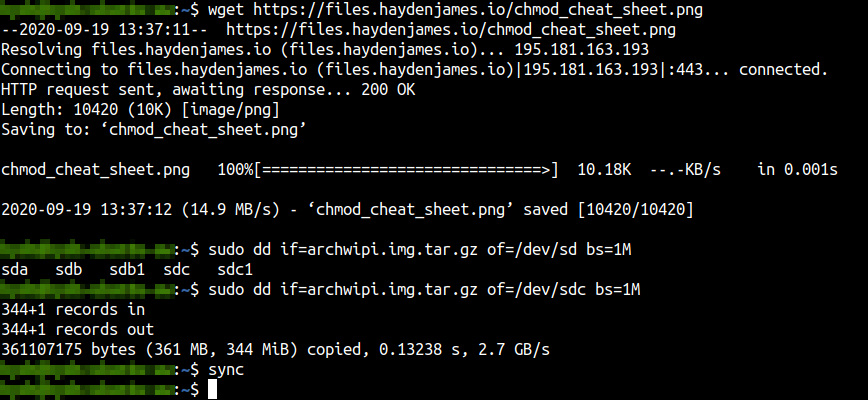

For example, you will learn to download a single file and multiple files, handle file downloads in unstable network conditions, and, in the case of a download interruption, resume a download.įirst, create a directory to save the files that you will download throughout this tutorial: In this section, you will use Wget to customize your download experience.
Wget examples how to#
Instructions to do that can be found here: How to Generate a Personal Access Token. If you do not have one, sign up for a new account.Ī DigitalOcean Personal Access Token, which you can create via the DigitalOcean control panel. You can install it by running the following command: sudo apt-get install wget.Ī DigitalOcean account. If it is not installed, it will display: command not found. To check, type wget in your terminal and press ENTER. Most Linux distributions have Wget installed by default. To complete this tutorial, you will need: You can use your local system or a remote server to open a terminal and run the commands there. In this tutorial, you will use Wget to download files, interact with REST API endpoints, and create and manage a Droplet in your DigitalOcean account.

You can make GET, POST, PUT, and DELETE HTTP requests with single and multiple headers right in the terminal. You can also use Wget to interact with REST APIs without having to install any additional external programs. Wget also lets you resume a file download that was interrupted without starting from scratch. In the event of a download failure, Wget keeps trying until the entire file has been retrieved. Wget can deal with unstable and slow network connections. It supports the HTTP, HTTPS, FTP, and FTPS internet protocols. Wget is a networking command-line tool that lets you download files and interact with REST APIs. The author selected the COVID-19 Relief Fund to receive a donation as part of the Write for DOnations program.


 0 kommentar(er)
0 kommentar(er)
